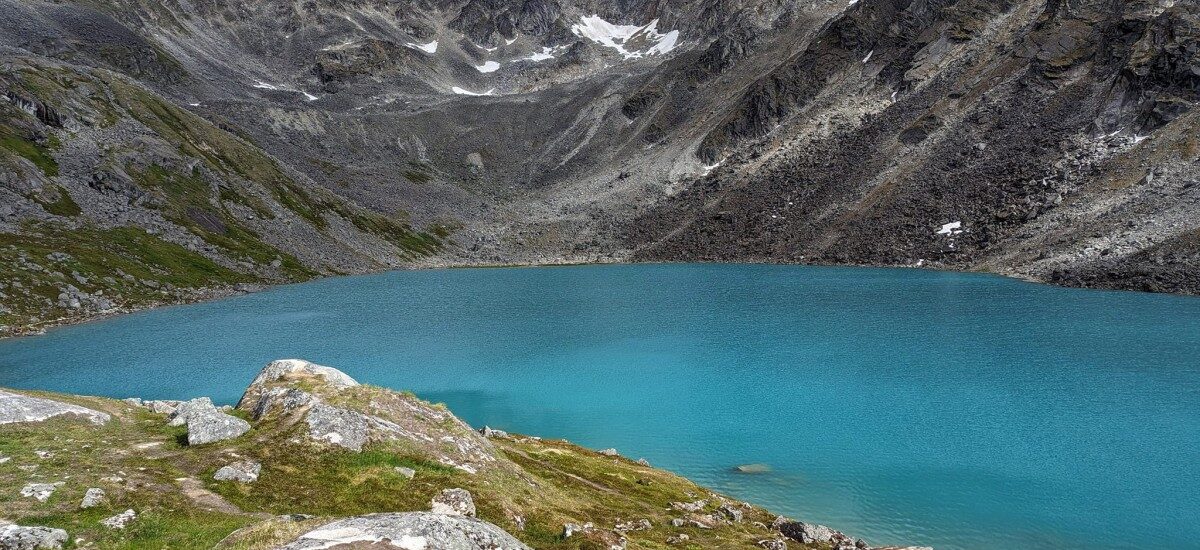Welcome to the Schroff-O’Neil Mine, located in the majestic landscapes of Alaska. This site, though not bustling with activity today, holds a rich history that dates back to the early 20th century when the allure of gold brought many prospectors to this rugged terrain. The Schroff-O’Neil Mine is part of the larger Independence Mine State Historical Park, which spans over 761 acres and is nestled among the alpine scenery along the East Fork of Fishhook Creek.
The story of the Schroff-O’Neil Mine is intertwined with the broader narrative of gold mining in the Willow Creek Mining District. In the 1930s, the region saw a surge in mining activities, with numerous mines operating in the area. The Alaska Free Gold (Martin) Mine and the Independence Mine were two prominent operations that eventually merged in 1938 to form the Alaska-Pacific Consolidated Mining Company (APC). This merger made the Independence Mine the largest producing mine in the district.
During its peak in 1941, the Independence Mine, which includes the Schroff-O’Neil Mine, employed 204 men and produced over 34,416 ounces of gold. This was a significant achievement at the time, with the gold valued at over $1.2 million, equivalent to over $17 million today. However, the prosperity was short-lived as the mine ceased operations in 1951 after having extracted more than six million dollars in gold.
As you explore the area, you will notice remnants of the past, with abandoned mining buildings ranging from well-preserved structures to those in various states of decay. These relics serve as silent witnesses to the once-thriving mining community that called this place home.
The Schroff-O’Neil Mine and its surroundings offer a glimpse into a bygone era when gold fever swept through these parts. It’s a place where history and nature converge, providing visitors with an opportunity to reflect on the industrious spirit of those who sought fortune in the Alaskan wilderness.


